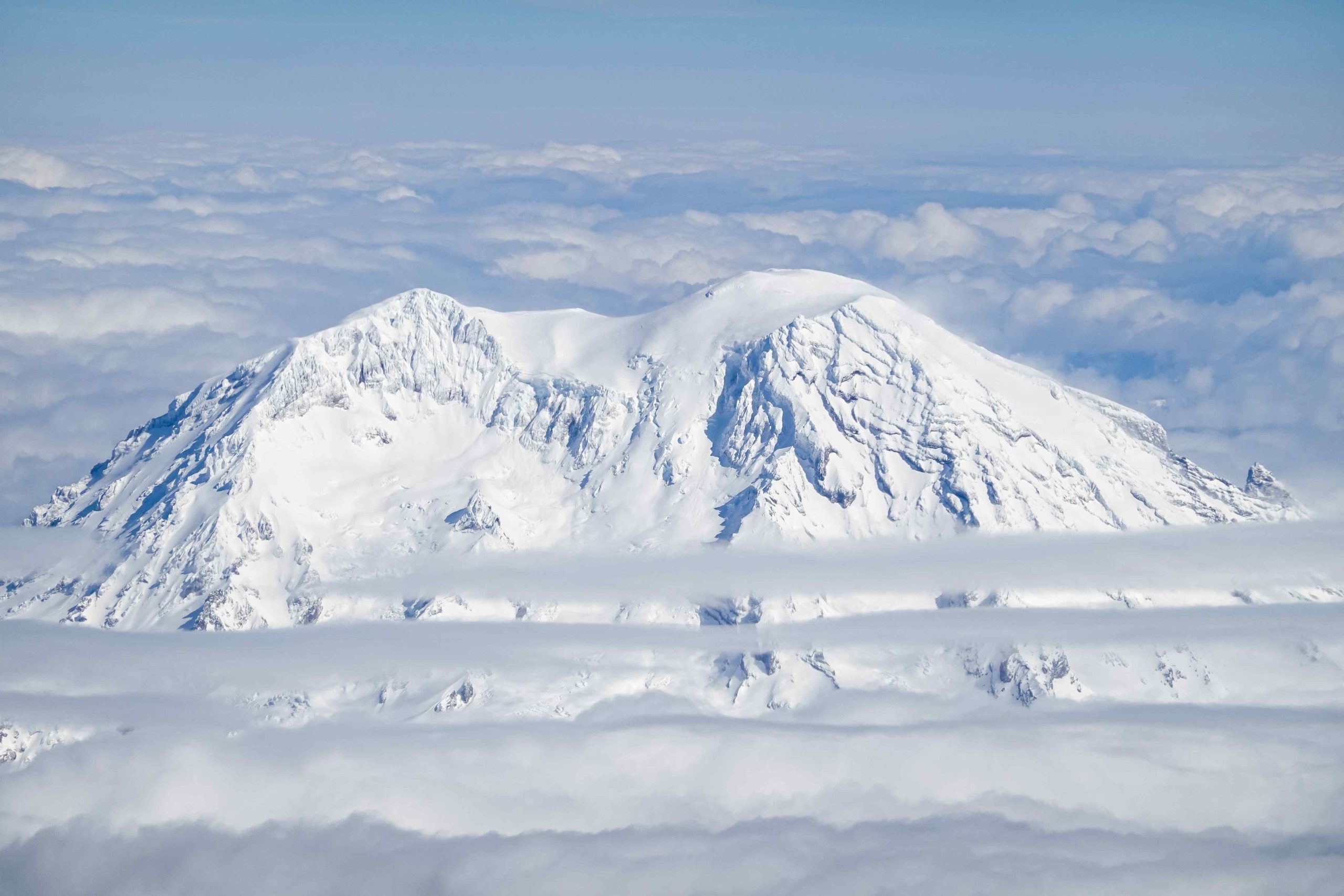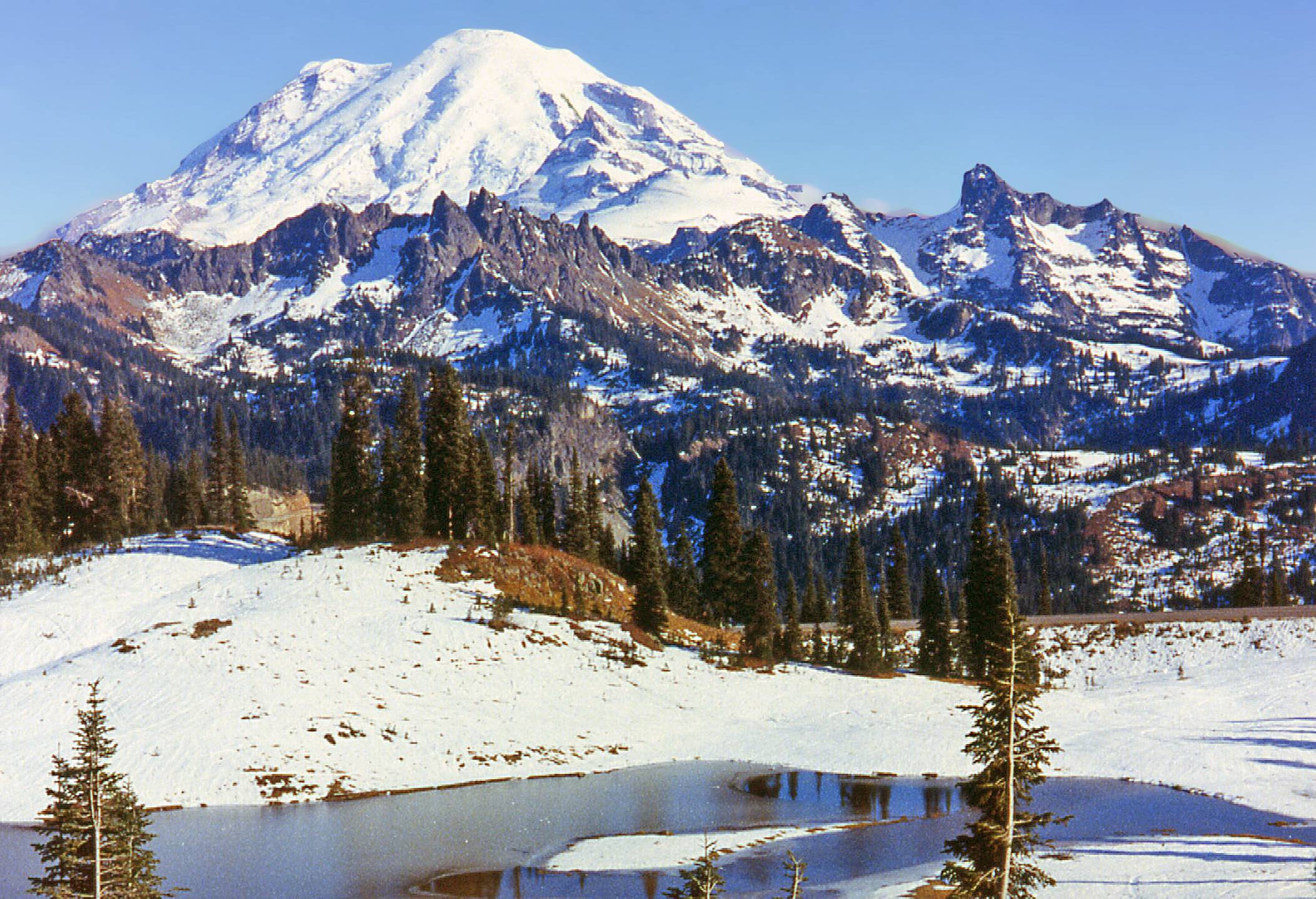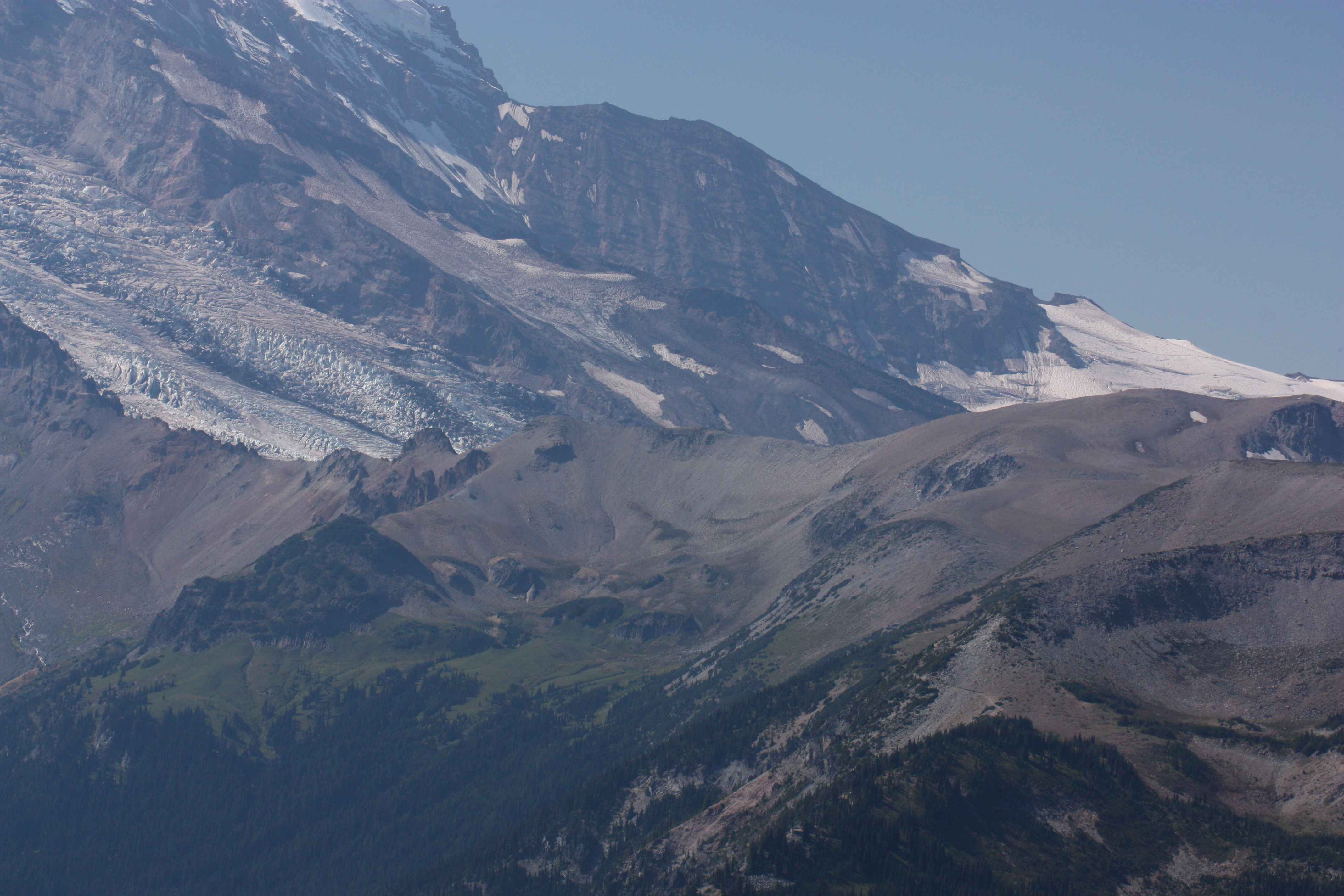Mount Rainier National Park is renowned for its stunning displays of wildflowers, with purple blooms being a particular highlight. The park’s subalpine and alpine meadows burst into a vibrant palette of colors during the summer months, with purple lupines, mountain heather, and other species creating a breathtaking landscape. This guide explores the best times to view these purple flowers, where to find them, and how to make the most of your wildflower experience at Mount Rainier.
What Are the Best Times to See Purple Flowers on Mount Rainier?

The blooming season for purple flowers on Mount Rainier typically spans from late July through mid-August. However, the exact timing can vary depending on factors such as snowmelt and weather conditions. Here’s a breakdown of when you can expect to see different purple flowers:
- Purple Lupines: Mid-July to early August
- Purple Mountain Heather: Late July to August
- Sitka Valerian: July to August
- Bistort: July to August
For the most spectacular displays, aim to visit during the first week of August, which is often considered the peak of the wildflower season.
Where Are the Best Trails to See Purple Flowers on Mount Rainier?

Mount Rainier offers several trails known for their stunning wildflower displays, including abundant purple blooms. Here are some of the best options:
- Paradise Valley Trails
- Nisqually Vista Trail (1.5-mile loop, easy)
-
Myrtle Falls Trail (3.4-mile round trip, moderate)
-
Sunrise Area Trails
- Emmons Vista Trail (3.5-mile round trip, moderate)
-
Sunrise Nature Trail (1.5-mile loop, easy)
-
Burroughs Mountain Trail
- Third Burroughs Mountain (9-mile round trip, strenuous)
Each of these trails offers unique perspectives on Mount Rainier’s purple flower displays, from easy walks through subalpine meadows to challenging hikes with panoramic views.
What Types of Purple Flowers Can Be Found on Mount Rainier?
Mount Rainier is home to a diverse array of purple wildflowers. Here’s a table showcasing some of the most common species you might encounter:
| Flower Name | Scientific Name | Habitat |
|---|---|---|
| Broadleaf Lupine | Lupinus latifolius | Subalpine meadows |
| Purple Mountain Heather | Phyllodoce empetriformis | Alpine zones |
| Sitka Valerian | Valeriana sitchensis | Moist meadows |
| Spreading Phlox | Phlox diffusa | Rocky slopes |
| Magenta Paintbrush | Castilleja parviflora | Subalpine to alpine |
These flowers contribute to the vibrant purple hues that paint Mount Rainier’s landscapes during the summer months.
How Can Visitors Best Experience Purple Flowers on Mount Rainier?
To make the most of your purple flower viewing experience on Mount Rainier, consider the following tips:
- Time Your Visit: Aim for late July to early August for peak blooms.
- Check Wildflower Reports: The park provides regular updates on wildflower status.
- Join Ranger-Led Programs: Participate in guided walks to learn more about the flora.
- Practice Leave No Trace: Stay on designated trails to protect fragile ecosystems.
- Bring Proper Gear: Pack hiking boots, water, and weather-appropriate clothing.
- Arrive Early: Popular trails can get crowded, especially during peak season.
What Are Some Interesting Facts About Purple Flowers on Mount Rainier?
- Purple lupines are nitrogen-fixers, helping to enrich the soil for other plants.
- The purple mountain heather is adapted to harsh alpine conditions and can survive under snow for months.
- Sitka valerian was used medicinally by Native American tribes in the region.
- The color purple in flowers often attracts bees and other pollinators.
- Some purple flowers on Mount Rainier, like the magenta paintbrush, are partially parasitic on other plants.
Are There Any Organized Tours for Viewing Purple Flowers on Mount Rainier?
While there aren’t specific tours focused solely on purple flowers, Mount Rainier National Park offers several options for guided wildflower experiences:
- Ranger-Led Programs: Free guided walks and talks often focus on the park’s flora.
- Wildflower Photography Workshops: Occasionally offered by the Mount Rainier Institute.
- Naturalist-Guided Hikes: Some local tour companies offer guided hikes with a focus on wildflowers.
Check the park’s official website or inquire at visitor centers for current offerings and schedules.
How Can Photographers Capture Purple Flowers on Mount Rainier?
For photographers looking to capture the beauty of Mount Rainier’s purple flowers, consider these tips:
- Use a macro lens for close-up shots of individual blooms.
- Shoot during the ‘golden hours’ of early morning or late afternoon for best lighting.
- Include Mount Rainier in the background for stunning landscape compositions.
- Experiment with different angles, including low to the ground, to capture unique perspectives.
- Be patient and respectful of other visitors and wildlife.
Remember to always follow park rules and guidelines when photographing in Mount Rainier National Park.
By following this guide, visitors can fully appreciate the stunning displays of purple flowers on Mount Rainier, from the abundant lupines in subalpine meadows to the hardy mountain heather in alpine zones. Whether you’re a casual hiker, a photography enthusiast, or a botany buff, the purple blooms of Mount Rainier offer a spectacular natural display that’s not to be missed.
References:
1. Travel-Experience-Live
2. National Park Service
3. VisitRainier

